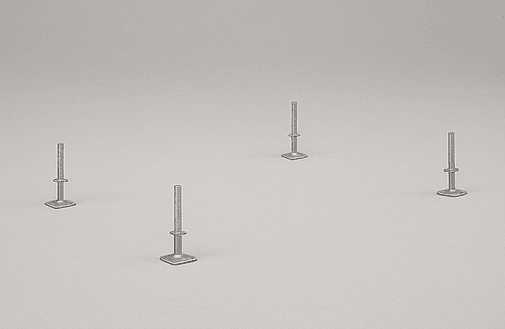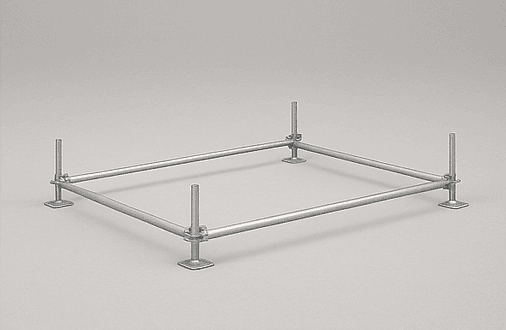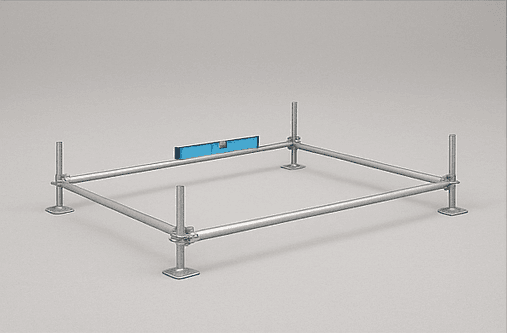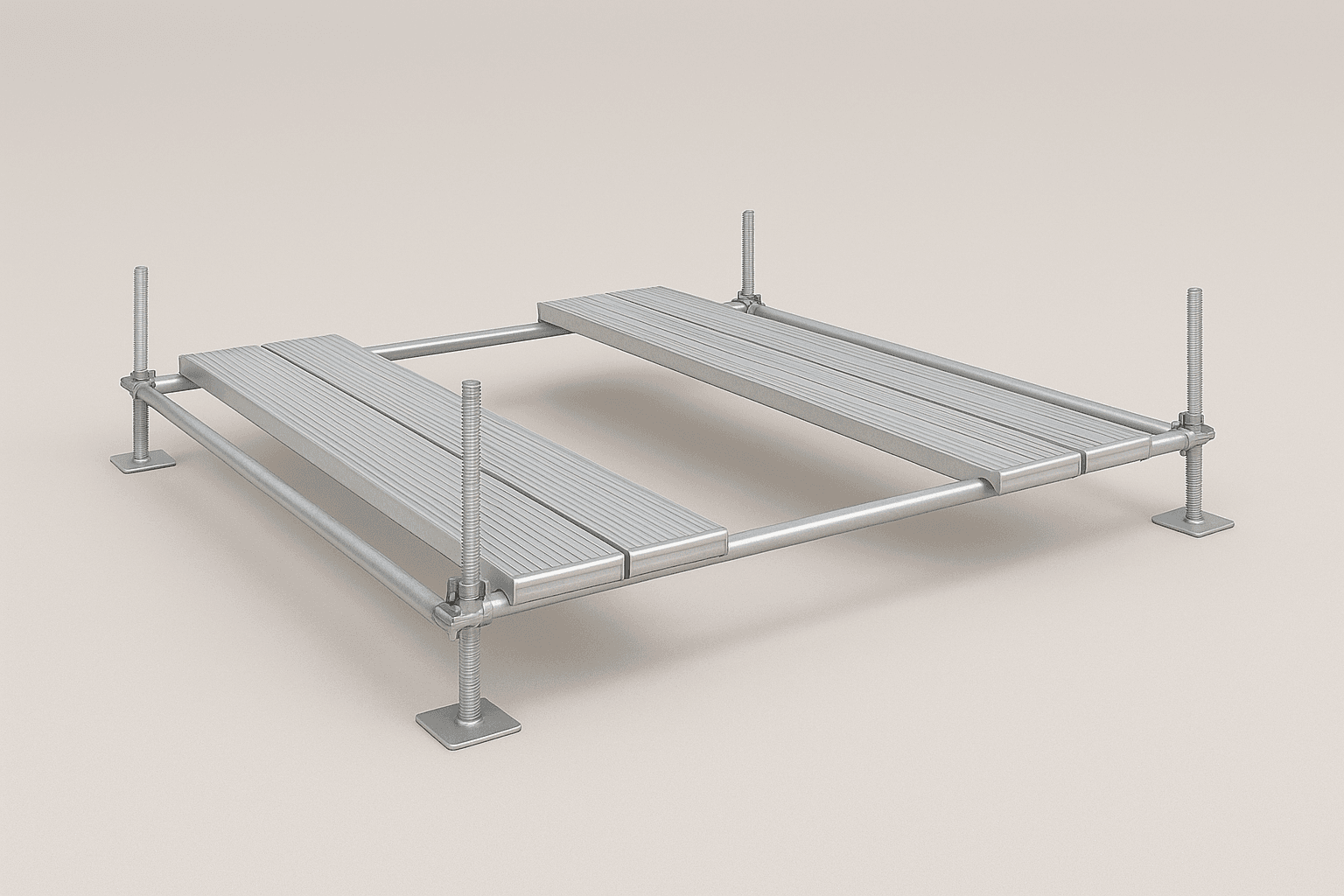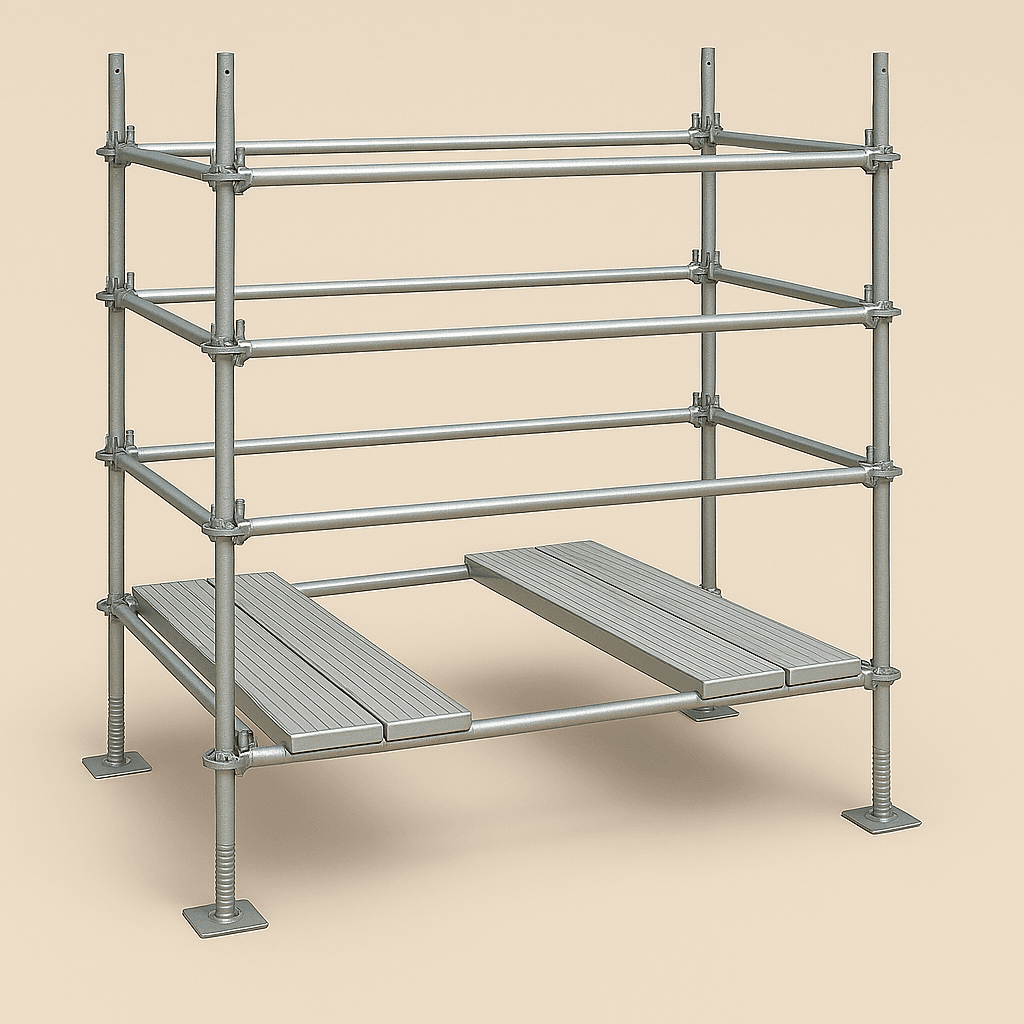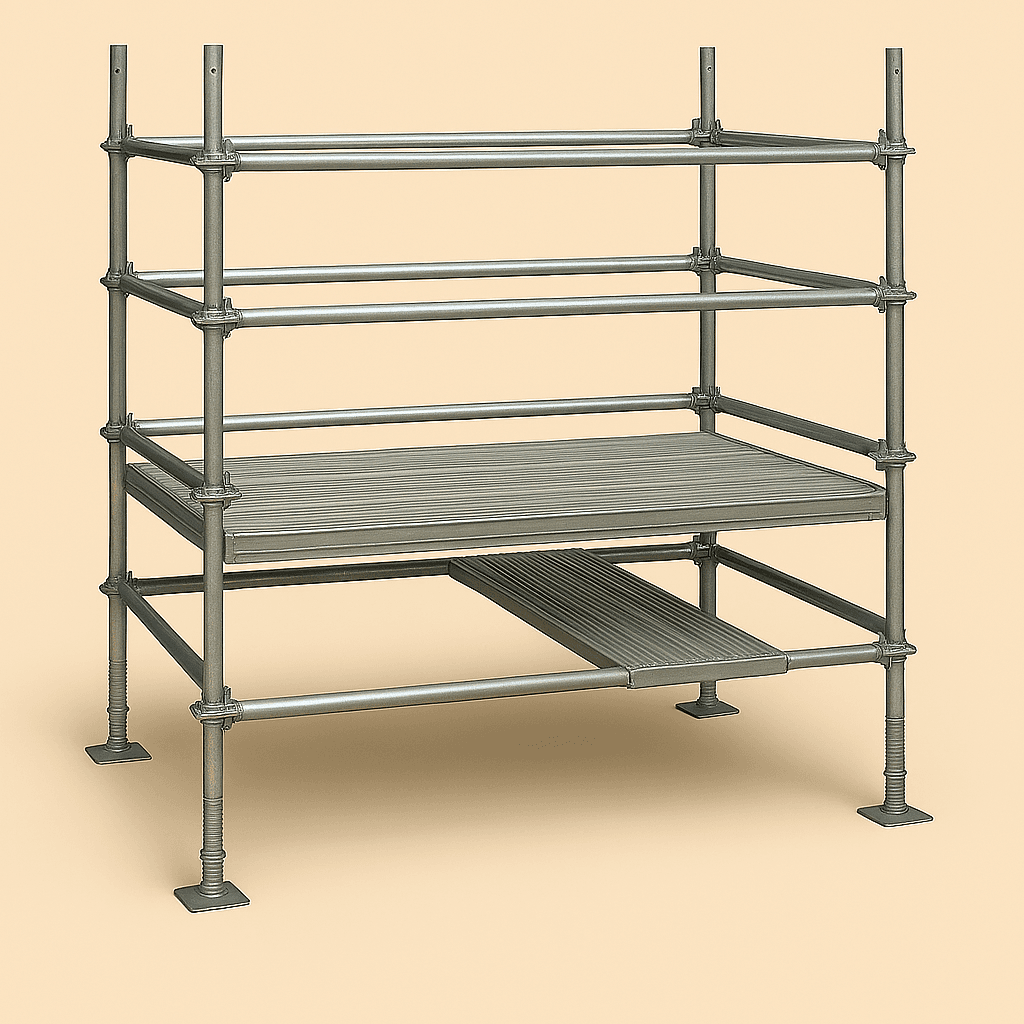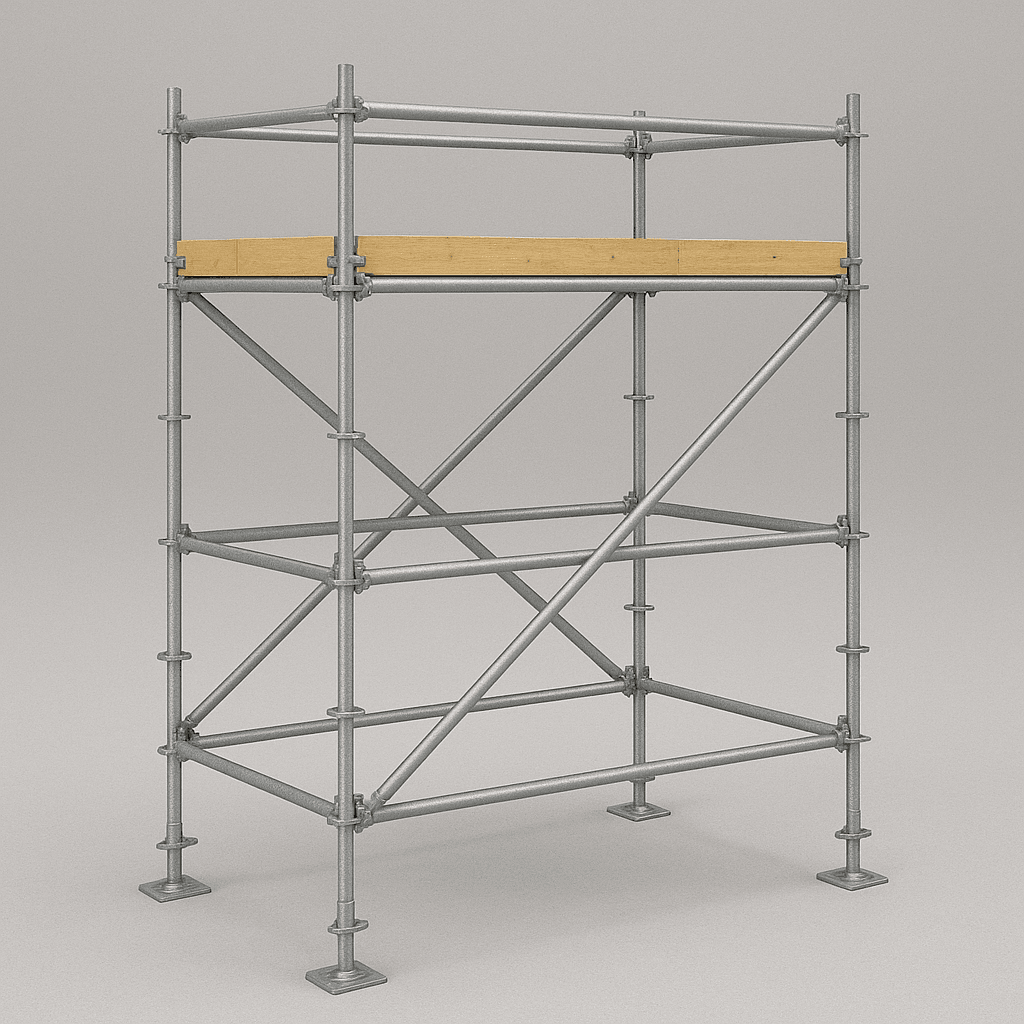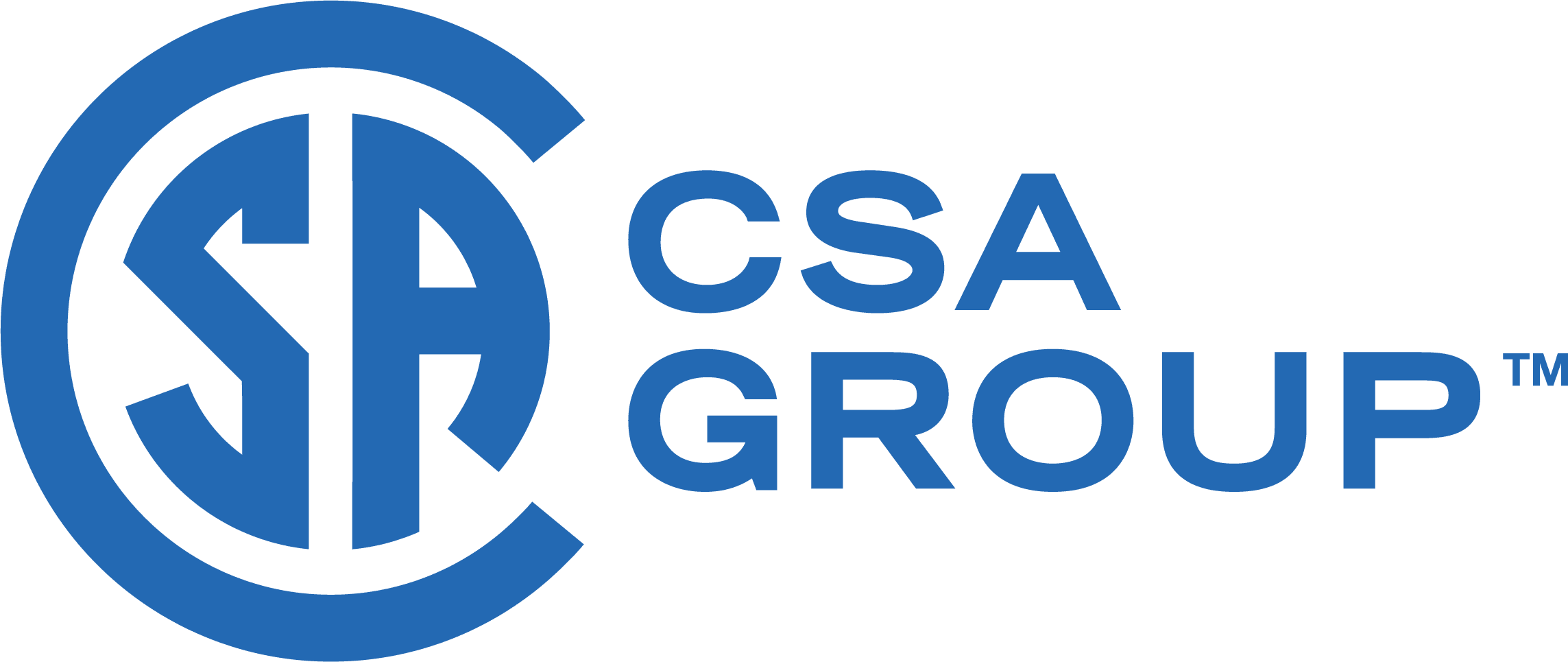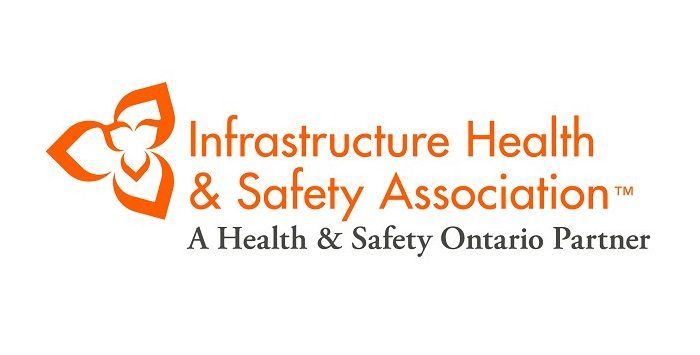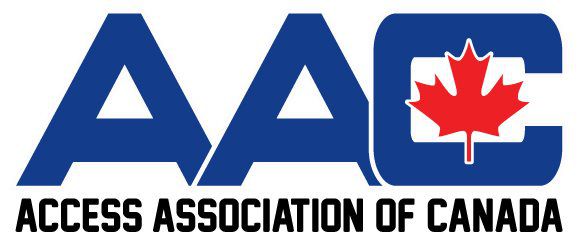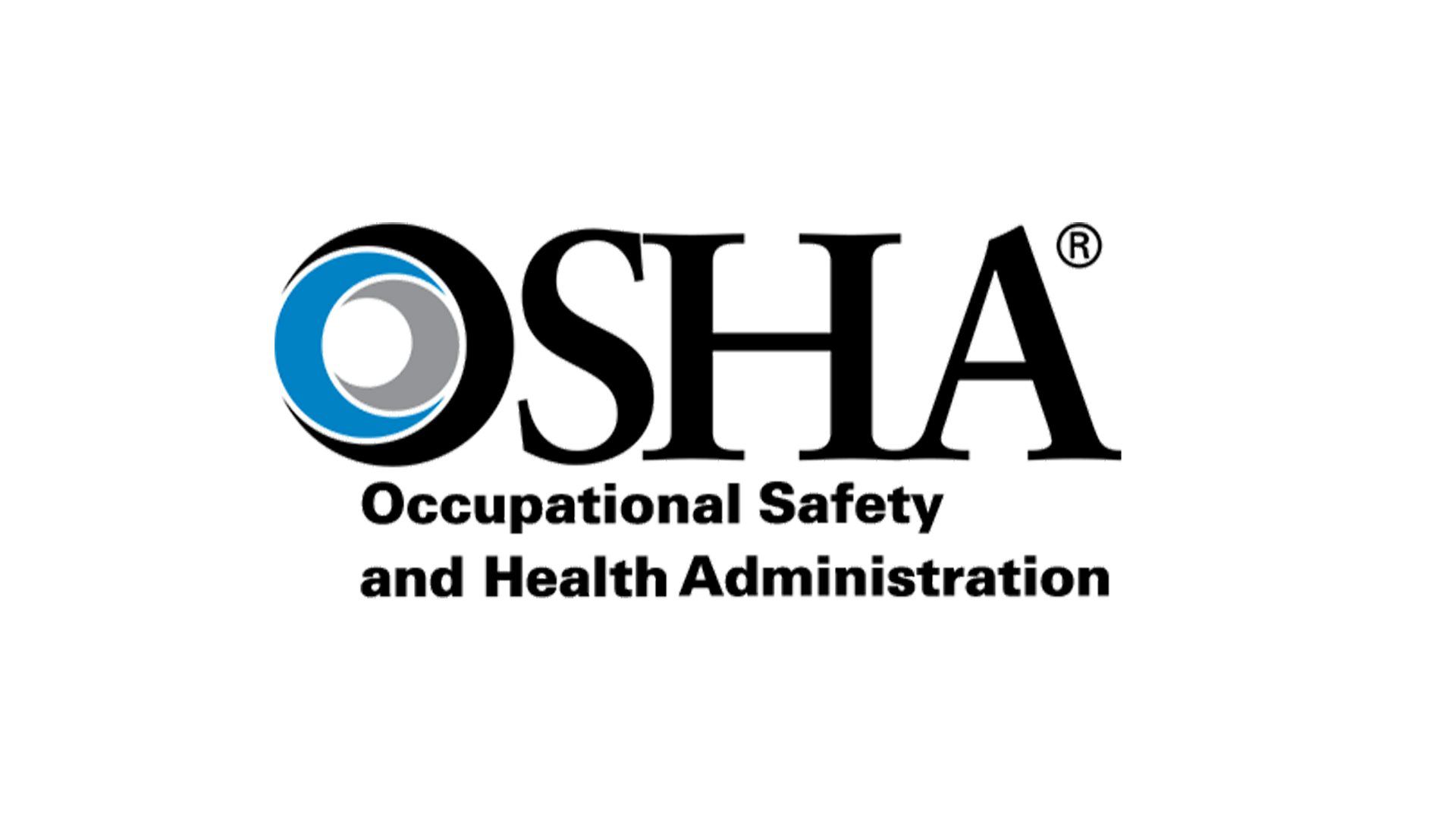Scaffold Setup & SITE Safety
🛠 Scaffolding Setup Procedure
1. Initial Layout
• Fit adjustable bases with collars and loosely place them in position alongside their corresponding ledgers. • Choose the highest ground level as your reference point to simplify future adjustments. • Ensure the screw jack is positioned close to—but not at—the bottom of the thread. This provides maximum range for adjustment on uneven terrain.
2. Ledger Connection
• Attach ledgers to the rosettes on each base collar.
• ⚠️ Do not drive the wedges home yet
3. Leveling
• Use a spirit level to adjust the bases, ensuring the ledgers sit horizontally. • Precise leveling now prevents the need for further adjustments as the structure goes up.
4. Squaring the Base
• Lay two aluminum planks or four 255 mm (10") boards across each bay spanning the ledgers. • Work your way around the base to square up the system. • Once aligned and level, drive the wedges home.
5. Vertical Setup
• Insert the first standards into the collars of each base. • Place ledgers at the desired heights to define the initial lift. • Handrails will automatically align with the set ledgers.
6. Decking
• Move planks up to the first lift and fully deck out the platform if it will be used for work.
7. Bracing & Final Touches
• Install diagonal braces across the bay faces. • Secure all connections by hammering wedges firmly. • Finish by adding ledger midrails, handrails, and toe boards to complete the working platform.
✅Additions Steps to Consider
📋 Pre-Setup Inspection
• Inspect All Components: Check bases, ledgers, standards, planks, and braces for damage, wear, or missing parts. • Confirm Ground Conditions: Ensure soil or surface is stable enough to support scaffolding loads, especially on sloped or soft terrain
🔒 Safety Precautions
• PPE Check: Make sure all workers are equipped with appropriate Personal Protective Equipment (helmets, gloves, safety boots, etc.). • Clear Work Area: Remove debris, obstructions, and any overhead hazards before beginning setup.
📐 Post-Leveling Verification
• Double-Check Alignment: After squaring and leveling, recheck using a spirit level and measuring tape to confirm horizontal and vertical alignment across bays. • Mark Reference Points: Use chalk or tape to mark key setup points in case of adjustment or deconstruction.
🏗 Platform Load Preparation
- Weight Distribution: Identify maximum allowable loads per platform area and ensure they're documented. • Tagging: Consider labeling each lift with signage indicating load limits, access points, and hazard warnings.
Scaffolding solutions you can count on
⬇️ Download Our Scaffold Catalog
A complete listing of scaffolding systems, accessories, and components we offer.
A complete listing of scaffolding systems, accessories, and components we offer.
Safety Disclaimer
EIW strongly recommends that all scaffold erectors and users consult recognized safety resources and regulatory guidelines, including but not limited to:
• Applicable local, provincial/state, and federal regulations issued by authorities having jurisdiction over your work.


